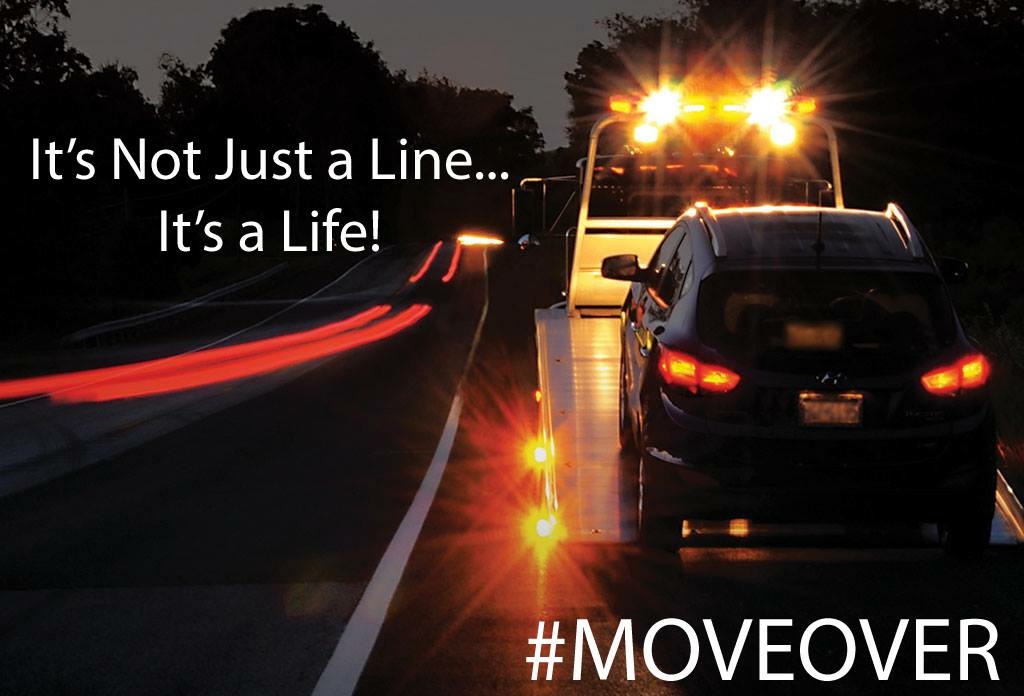Move Over For Flashing Lights! It's The Law!
What is the Move Over Law?
Move over laws were originated in the United States after a South Carolina paramedic, James D. Garcia, was struck and injured at an accident scene Jan. 28, 1994, in Lexington, SC. Garcia was listed at fault, leading to his work to create a law to protect other emergency responders. SC's version (SC 56-5-1538) passed in 1996, and was revised in 2002.
After a series of similar events across the US in 2000, the US Department Of Transportation and Federal Highway Administration began to address the issue of Emergency Scene Safety, and issued recommended changes for the new Manual Of Uniform Traffic Control Devices (MUCD) that finally addressed the need for improved standards and protection for Emergency Workers. With the further assistance of public interest groups such as the Emergency Responder Safety Institute (www.respondersafety.com), "Move Over Laws" became standard across the US and Canada.
In United States, move over laws are aimed at protecting emergency responders working along the roadside. All fifty states have passed the laws, which were promoted in response to increasing roadside fatalities in the line of duty. The laws require drivers, upon noticing either emergency vehicle with sirens and/or flashing lights, to move away from the vehicle by one lane, or if that is not possible, slow down to either a reasonable speed or a fixed speed below the limit as defined by local law. This includes law enforcement vehicles, fire trucks and ambulances. In New York state, drivers must use due care when approaching an emergency vehicle that displays red and/or white emergency lighting such as law enforcement vehicles, fire trucks and ambulances and also vehicles with flashing amber lighting such as tow trucks, construction vehicles and other service workers stopped along the side of the road while performing their duties
https://en.wikipedia.org/wiki/Move_over_law
Move over laws were originated in the United States after a South Carolina paramedic, James D. Garcia, was struck and injured at an accident scene Jan. 28, 1994, in Lexington, SC. Garcia was listed at fault, leading to his work to create a law to protect other emergency responders. SC's version (SC 56-5-1538) passed in 1996, and was revised in 2002.
After a series of similar events across the US in 2000, the US Department Of Transportation and Federal Highway Administration began to address the issue of Emergency Scene Safety, and issued recommended changes for the new Manual Of Uniform Traffic Control Devices (MUCD) that finally addressed the need for improved standards and protection for Emergency Workers. With the further assistance of public interest groups such as the Emergency Responder Safety Institute (www.respondersafety.com), "Move Over Laws" became standard across the US and Canada.
In United States, move over laws are aimed at protecting emergency responders working along the roadside. All fifty states have passed the laws, which were promoted in response to increasing roadside fatalities in the line of duty. The laws require drivers, upon noticing either emergency vehicle with sirens and/or flashing lights, to move away from the vehicle by one lane, or if that is not possible, slow down to either a reasonable speed or a fixed speed below the limit as defined by local law. This includes law enforcement vehicles, fire trucks and ambulances. In New York state, drivers must use due care when approaching an emergency vehicle that displays red and/or white emergency lighting such as law enforcement vehicles, fire trucks and ambulances and also vehicles with flashing amber lighting such as tow trucks, construction vehicles and other service workers stopped along the side of the road while performing their duties
https://en.wikipedia.org/wiki/Move_over_law
